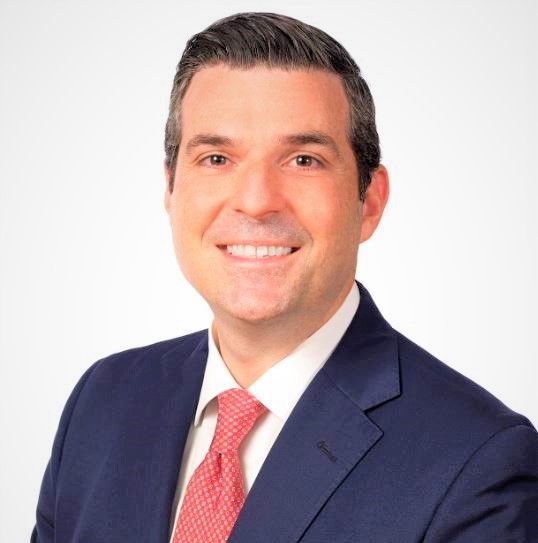Ask a School Insurance Underwriting Expert is a quarterly column addressing insurance and risk management related questions for ABACC members.
If you have a question for Kevin Beer, please submit it via email.

Ask a School Insurance Underwriting Expert is a quarterly column addressing insurance and risk management related questions for ABACC members.
If you have a question for Kevin Beer, please submit it via email.
Allowing third parties to use school facilities fosters good relations within the community, of which you are a prominent member. However, the use of campus assets comes with risks that must be controlled. A good “Use of Facilities Agreement” helps protect the school from potential risks such as accidents, injuries, property damage, or legal disputes. Written agreements between the school and the third party that outline the terms of use, including rules, responsibilities, and liabilities, are an essential means of transferring risk to the entity or group that benefits from the school’s allowing them access to resources such as meeting rooms, auditoriums, athletic facilities, etc. These agreements should include clear language on who is responsible for damages or injuries.
Some of the most common injuries that occur when the public uses your facilities are:
1. Slips, Trips, and Falls:
2. Sports-Related Injuries:
3. Sprains and Strains:
4. Cuts and Abrasions:
5. Head Injuries:
6. Burns and Heat-Related Injuries:
7. Injuries from Equipment:
8. Dehydration and Heat Exhaustion:
The Purpose of Use is an important first piece of information to determine the specific risks involved. Naturally, a group meeting in an auditorium to hold a forum on a local issue will typically have fewer exposures than a local football team whose own fields are unavailable and seeks accommodation. Schools should require external groups to carry liability insurance and list the school as an additional insured. This ensures that the third party’s insurance will cover any claims that arise during the use of the facility. Participants should also sign waivers that release the school from liability for accidents or injuries that occur during the use of the facilities. As the examples above illustrate, a waiver may be more critical for one type of use and less so for others. The agreement’s language should include indemnification clauses requiring the third party to assume responsibility for certain risks, including legal defense and financial losses in the event of a claim.
Schools may want to or need to require external groups to provide appropriate supervision, security, and medical personnel for events, especially if large crowds are involved or if the event presents unique risks.
Facilities should be properly maintained and regularly inspected to reduce the risk of accidents and claims. Schools must also document these inspections to demonstrate due diligence in maintaining a safe environment.
Some activities, like contact sports or concerts, can carry more inherent risks. Schools may impose additional requirements, such as heightened insurance coverage, event coverage or extra security measures.
Some activities, like contact sports or concerts, can carry more inherent risks. Schools may impose additional requirements, such as heightened insurance coverage, event coverage or extra security measures.
The use of school facilities is a great way to maintain good relations with your surrounding community. If managed properly, everyone wins.
About the Author: Kevin Beer is president of Wright Specialty Insurance, an underwriting manager of specialty insurance and risk management solutions for public and private universities, colleges and K-12 schools. Visit their website or call (877) 976-2111.
Association of Business Administrators
of Christian Colleges
4578 Hidden Ridge Drive
Hudsonville, MI 49426
(877) 303-8666
Fulfill your calling, solve challenges, and maximize resources to accomplish the mission of Christian higher education.